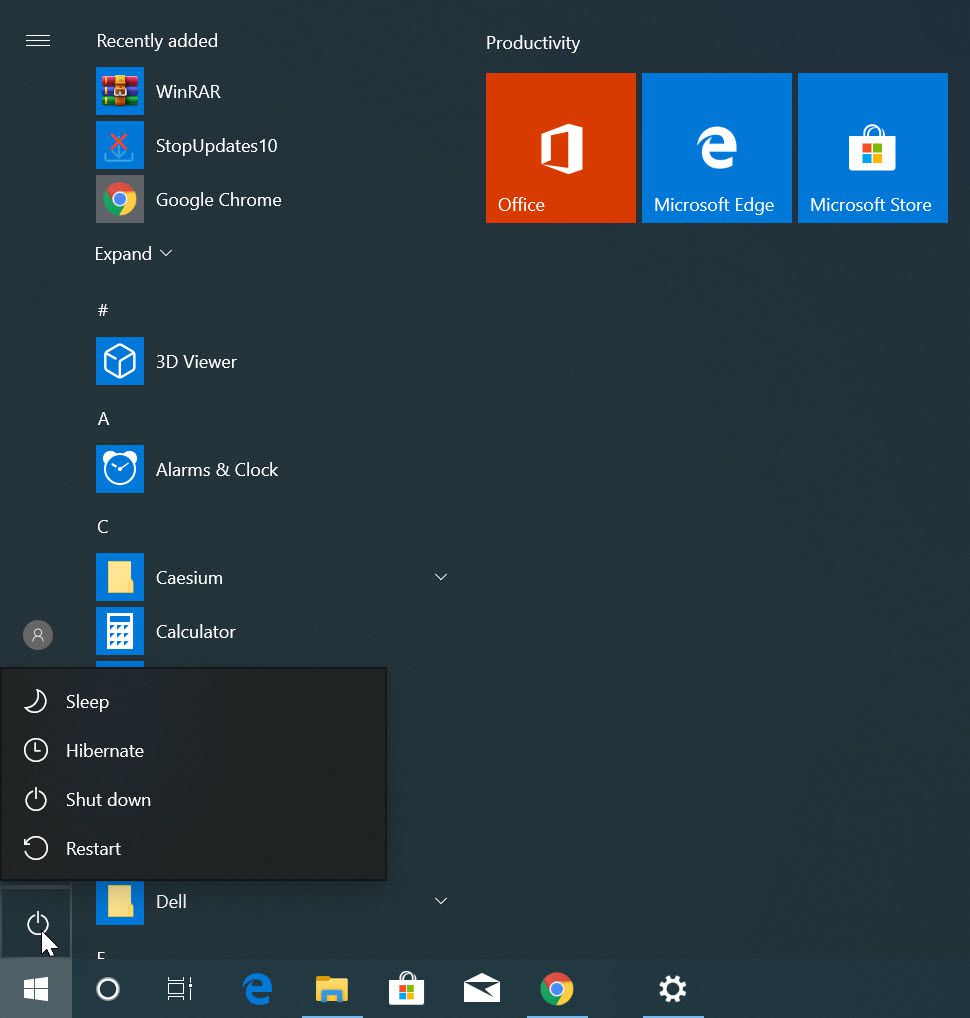

💡 Tip: If you want to disable the hibernate mode later, you can follow the previous steps to find the Shutdown settings page and then uncheck the Hibernate option and click Save Changes. Tick Hibernate option and click Save changes.

The Shutdown settings section will show up. Then click Change settings that are currently unavailable to access the Shutdown settings. When you are in the Control Panel window, select System and Security > Power Options. Click the Search icon on the Taskbar and type control panel in the Search box, then select the app. The first method is to enable hibernate mode in Windows 11 using the Control Panel. Enable Windows 11 Hibernate Settings with Control Panel Enable Windows 11 Hibernate Mode using Group Policy Enable Hibernate Mode in Windows 11 with Registry Editor Enable Hibernate Mode in Windows 11 with Command Prompt Enable Windows 11 Hibernate Settings with Control Panel You can follow the graphic tutorials below to operate. Next, this article will introduce you 4 useful ways to enable Windows 11 hibernate mode in turn.
Sleep vs hibernate toshiba laptop how to#
How to Enable or Disable Hibernate Mode in Windows 11Īs we can see from the above, hibernation mode protects our data better, is more energy-efficient and has a faster boot speed. Startup speed: Hibernate mode will be very fast when the next time you start your computer, while sleep mode will take longer to boot.Therefore, even without power, whenever you turn on your computer next time, you can go back to where you left off. Energy-saving: Hibernate mode is more energy-saving because it will store all your data in the hiberfil.sys file on your hard drive and then shut down the computer completely.Save location: In hibernate mode, all your opened applications and files will be saved on your hard drive instead of RAM.We have summarized the most important points for you. Hibernate mode is similar to sleep mode, because they both are designed to suspend your activity so you can return to where you left off. Hibernate vs Sleep Mode: What Are the Differences?


 0 kommentar(er)
0 kommentar(er)
